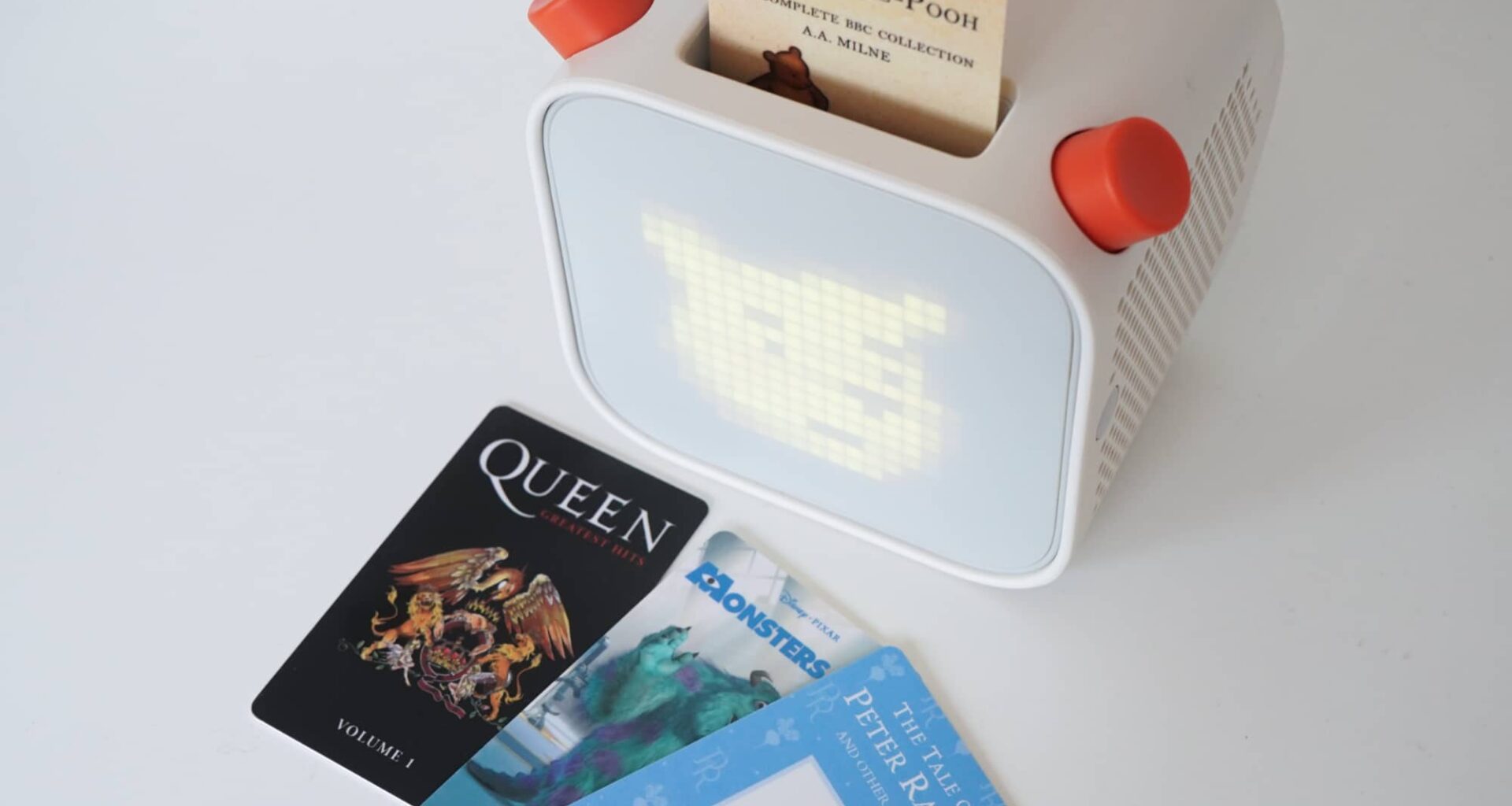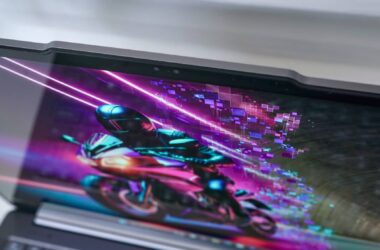Quick review
The good
The not-so-good
Keen to keep your kids away from yet another screen? Australia’s launch of the Yoto Player could just be one of the most intriguing gadgets for kids and parents alike.
Keeping the kids entertained with technology often leads parents to consider handing over their phone or grabbing an iPad, but they’re not the only options around.
For the past few years, we’ve seen device makers try new ways to keep the little ones interested without needing to resort to a display, and it usually comes in the form of sound. The Birde media player speaker with its little cards for story playback is a great example, as is the Toniebox with its toy-based approach to the same.
But in the Yoto Player, the idea of screen-free entertainment for kids appears to have evolved just that little bit more. In fact, it’s a concept you could see kids growing up with.
What is the Yoto Player?
A small box with a speaker, two dials, and a slot for cards, the Yoto Player is not what you’d expect from a gadget largely labelled as “screen-free entertainment”. It technically has a screen, so how can it be screen-free?
The Yoto Player is screen free simply because its screen is unlike any other you’ve seen on a gadget before. It’s less a display and more a series of light-up pixels, displaying icons about what’s being played through the speaker, rather than movies or videos in any form. It can’t play videos at all; this is just icons.
And that’s a good thing.
Armed with WiFi, 32GB of storage, and support for an app, the Yoto Player in the current third generation is a media player designed for kids to listen to rather than watch.
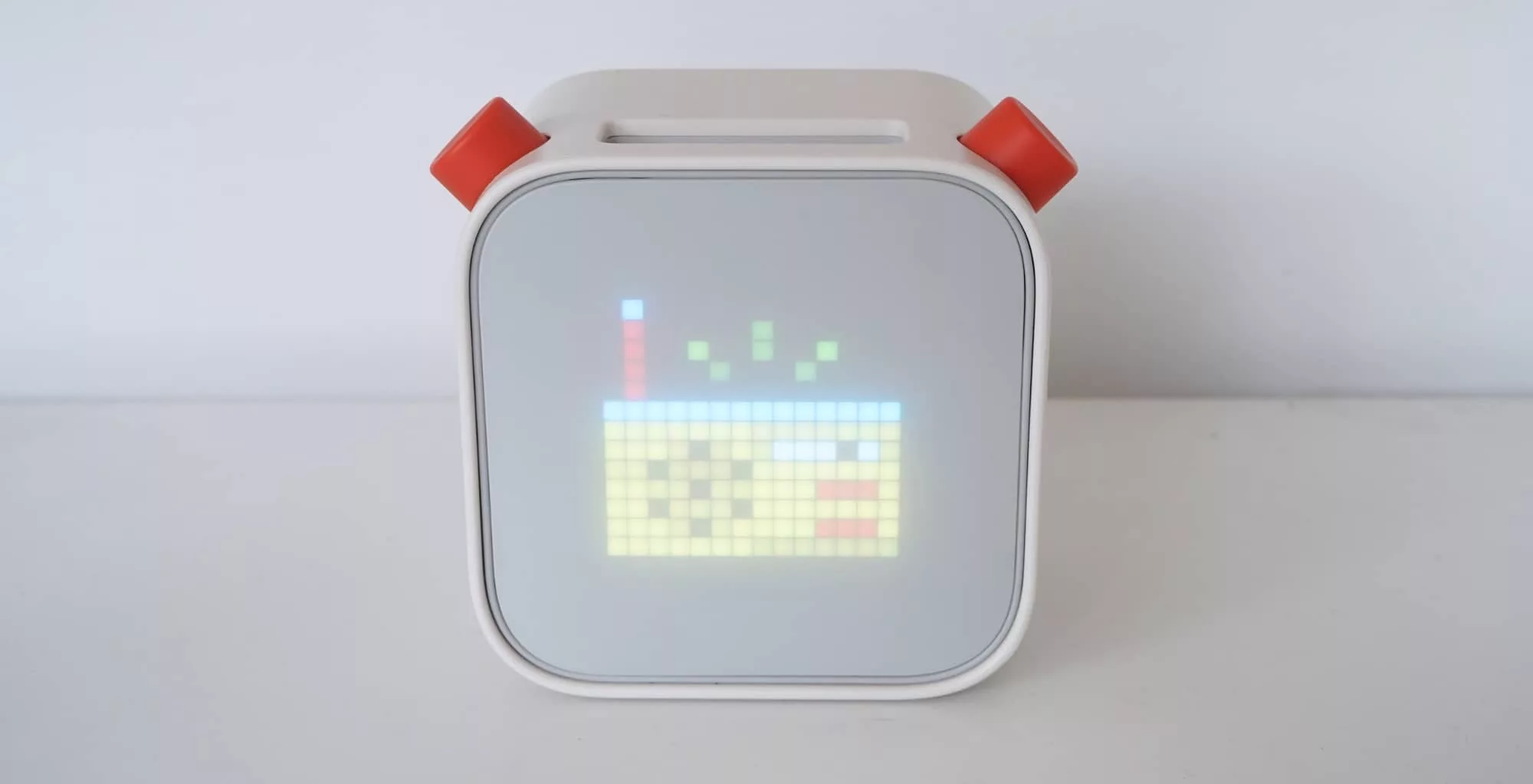
What does it do?
Drop a card in and the player will download linked media from the cloud, storing it on the 32GB storage for playback at a moment’s notice.
You can thank something familiar inside the card for this technology, with the card using Near-Field Communication (NFC), the same tech we use to pay for goods and services using our phones. Phones can bump a Yoto card to pair their music files, essentially linking them, while the Yoto Player uses the NFC in a card to make the connection to what it needs to download.
The alarm clock-like controls on the Yoto Player let you dial in changes: the left controls volume, the right controls track changes — pressing it in selects that track.
All of this happens in the background, and is reminiscent of another kids speaker toy that uses something similar: the Toniebox. That, too, uses NFC, albeit inside of a plastic toy with magnets. Yoto’s approach is card based, and may be a lot easier to consume, particularly as young ones age.
Even from an early age, however, kids will make sense of it almost too easily. Grab a card, throw it in the slot, and the Yoto Player goes to work playing sounds. Sounds of all kinds; of stories and music and podcasts, and even possibly your relatives giving a message.

Stories
Kids stories are the obvious thing you can use it for, and there are plenty of them.. Unsurprisingly, these stories are sold on Yoto’s Marketplace, available in Australia for between $10 and $20 each, or found in a collection for a little more.
Depending on the cards you buy, story playback will mean books being read to you, such as Lolly Adefope reading Roald Dahl’s The Witches or Alan Bennett reading The Complete BBC Collection of Winnie the Pooh.
The catalogue includes the likes of A.A. Milne, C.S. Lewis, R.L. Stine, and a bunch more authors that don’t use initials to start their name. Julia Donaldson’s Gruffalo collection is in there, as is Australia’s Emma Memma (Emma Watson), and a bunch of Disney stories, as well.
Music
You can also use the Yoto Player for music, buying specific cards for Disney soundtracks, Sesame Street, and even some classics, too.
Queen’s Greatest Hits exists on the Yoto Player, as does music from The Beatles. Throw Queen into a Yoto Player and it’ll play some killer Queen with a reference of each song showing a pixelated icon on the screen. You don’t need to think too hard to imagine what shows up when you hear Bicycle.
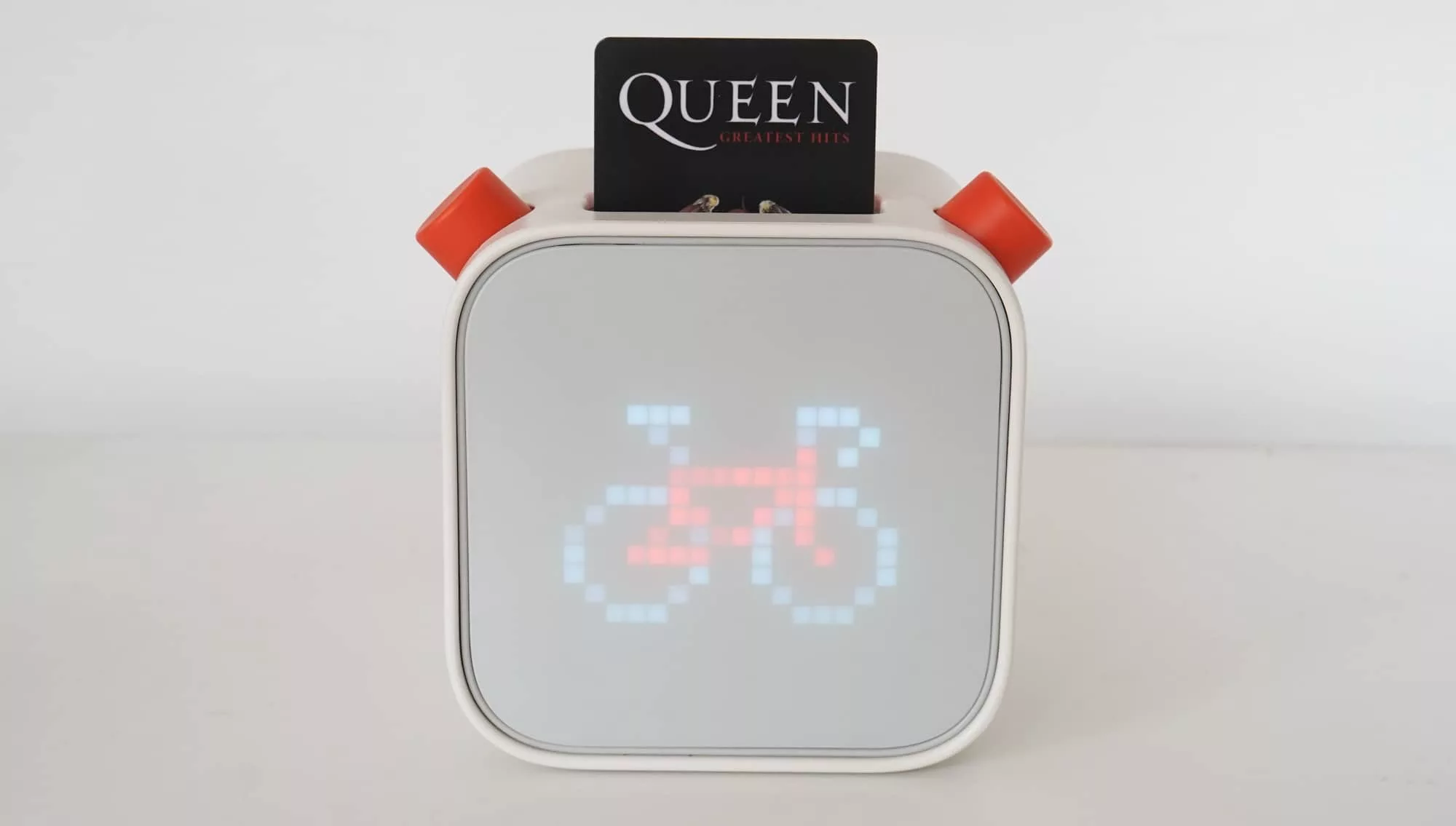
Custom cards
Easily one of the more interesting things is support for custom cards, which are sort of like mixtapes for your kids. The Yoto Player comes with one in the box (an orange one), and you can buy a pack of ten for about $25 in Australia. Once you have one, Yoto provides a website to upload your media to.
Custom cards can have nearly anything uploaded to them, provided it’s a sound file. It could be you recording your voice or stories read out loud, and it can even be MP3 or M4A files without DRM, such as the type you might buy from one of the last remaining online music stores or directly from the artist.

To do this, you’ll create a playlist on your Yoto account, upload the tracks, and even (if you want) assign icon art to each file.
You can also upload a link to an online radio source, and there are a few options for playback of the files, such as automatic shuffling and returning to where the file was last played.
Once that’s done, you’ll use your Yoto app and a card to assign the playlist to the card, which will essentially map the chip in the card to the playlist. From there, you simply drop the card in the Yoto Player, and it will stream the tracks from the cloud, playing back your music, stories, voice, and so on.

You don’t even need a card to do it: custom playlists can be streamed directly to a Yoto Player without being assigned to a card. Just send it from the app.
Whether it’s used via custom card or app, the custom playlists is a clever addition, and means you can easily build a mixtape of sorts (a mixcard?) with music and stories.
For Ms 7, it meant a card of music she liked that she could start whenever, while Ms 2 could play her own music.
Coincidentally, this journalist had been using his phone to record bedtime stories for the past year, so migrating them to a card on the Yoto Player was as simple as dragging and dropping, with a bedtime story card made all too easily. It’s one we can update over time, adding more stories without needing to physically touching the card ever again, simply uploading more recordings to the playlist on Yoto’s personal storage, up to a maximum of 500MB or 100 tracks, whichever comes first.
Once you load in a card, Yoto will download the audio to the 32GB found inside the player, allowing kids to stay offline should they take the Yoto Player and speaker elsewhere.
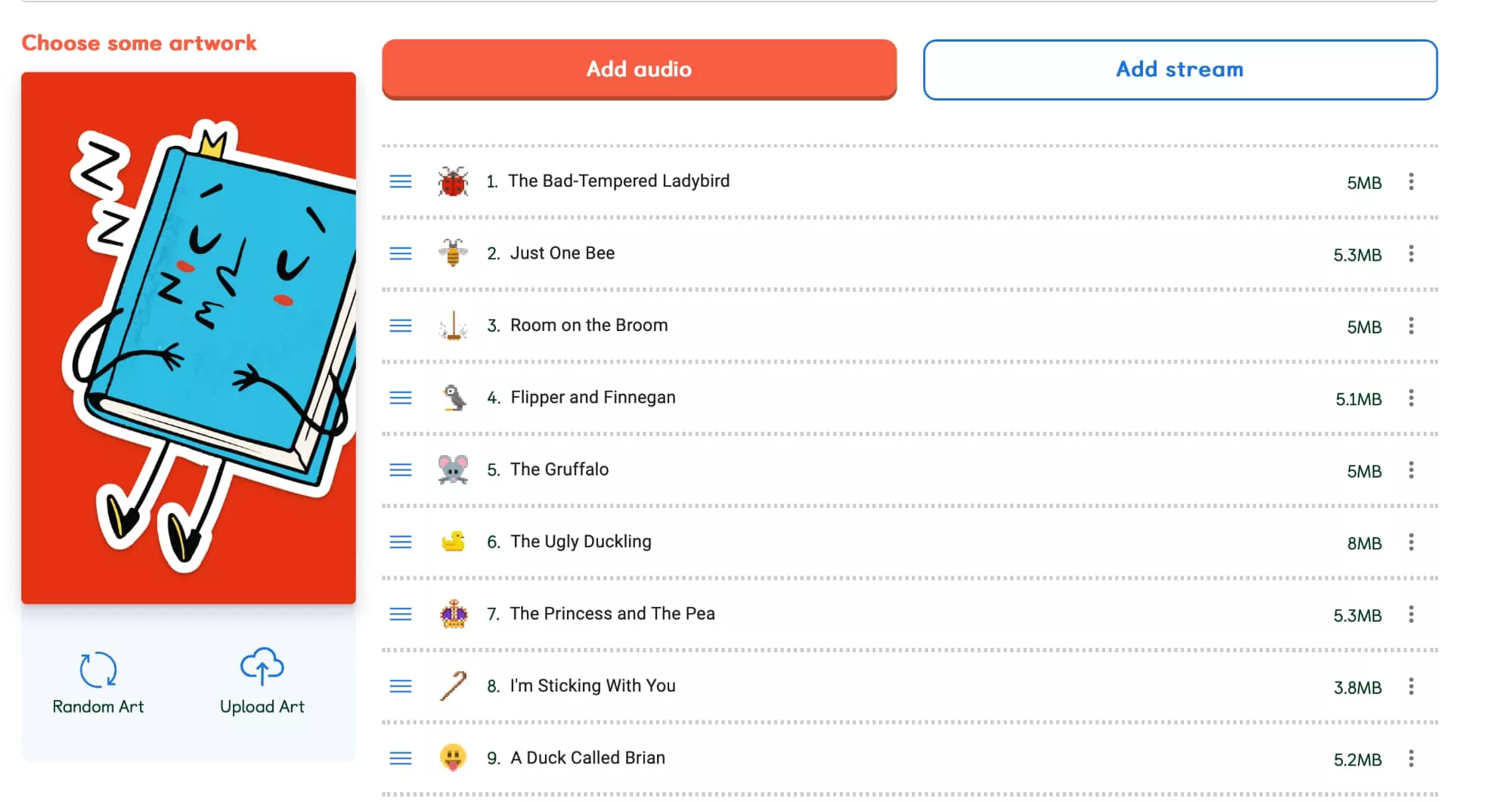
Does it do the job?
That lack of maintenance is one of the positives of the Yoto Player. Thanks to its use of an NFC chip, each card acts as a link for the Yoto Player to download something: a song, a story, a podcast, and so on.
It’s a great way of disguising complex technology for kids and needs zero instruction. We love it.
Intriguingly, there’s more.
There’s a customised light at the back that can be used as a night light. The Yoto Player sports both wired Type C and Qi wireless charging, so if you have a wireless charging pad, you can leave the 3rd-gen Yoto Player resting on top and have it stay charged and on.
There’s also a battery with up to 24 hours, so you can take it around the home and play audio through its surprisingly loud speaker.

The sound out of the speaker isn’t going to match a larger Echo or any other dedicated speaker, but it’s also not bad. The highs are relatively clear, the mids are there, while the bass is punchy but a touch shallow.
You won’t be listening to albums on this like you would a better speaker, but for kids, it’s totally fine, and there’s a lot of volume if you need it.
Even that speaker can have volume limits applied based on times of the day. Don’t want the kids to blast “Let It Go” when they inevitably wake up in the middle of the night? Turn the volume down low at night and make the display go dark.
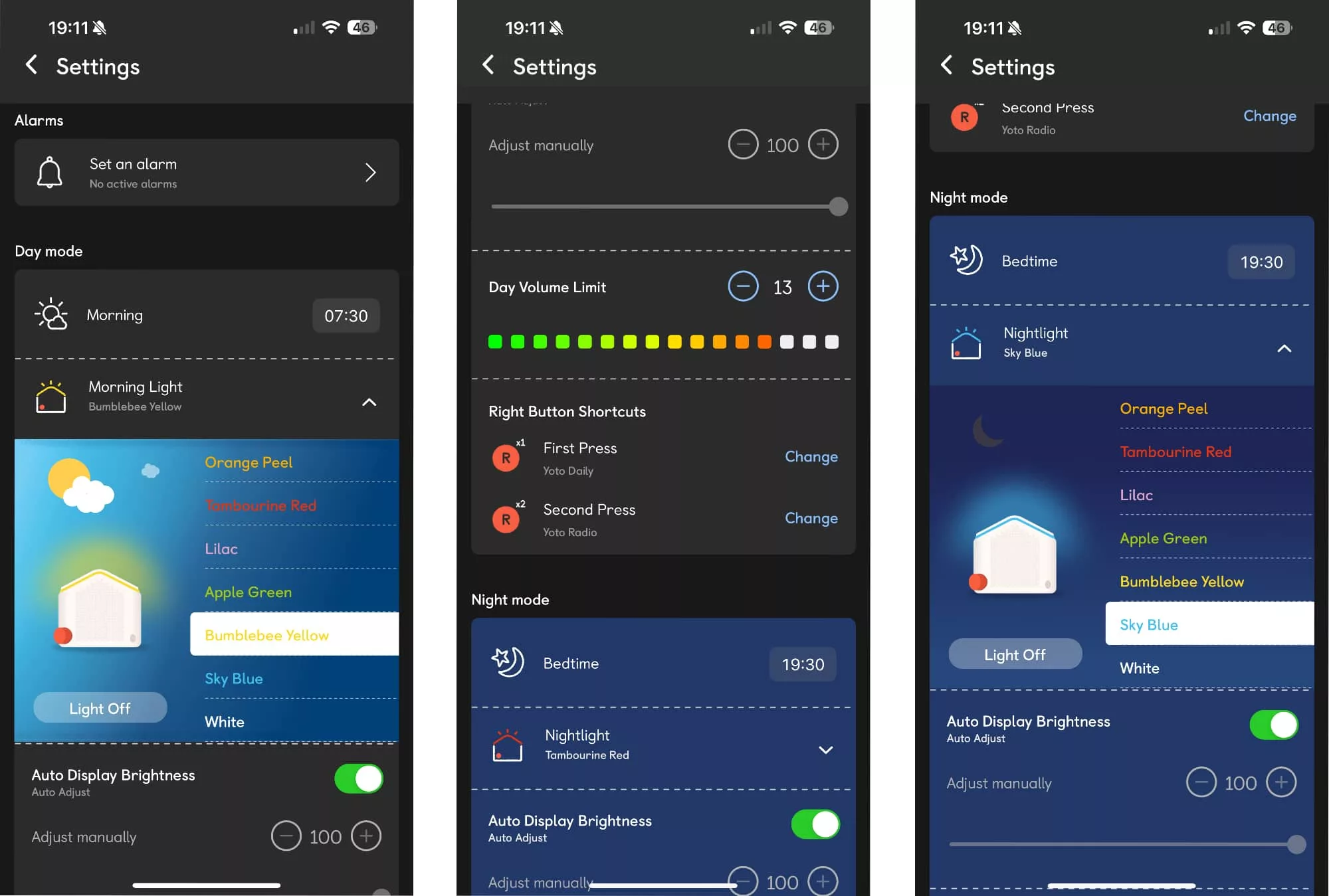
Want to let the kids listen without hearing what comes out of the speaker? Connect up a pair of wired headphones to the 3.5mm headset jack on the side, or alternatively, hold down the left dial to send the speaker into Bluetooth mode, pairing a pair of wireless headphones.
You can even get the temperature of the room the Yoto Player is in at the time, finding it in the app.
There is a lot inside the Yoto Player, giving you an idea just how much the company has done in the years leading up to this version.
Perhaps the most compelling consideration is that you don’t need to spend anything on extra playback cards if you don’t want to.
Yoto allows the system to work without needing a card. Grab the app and you can send audio to the Yoto Player remotely, such as from virtual cards downloaded from the cloud or store. Without the app or a card in a player, you can flick the right dial and launch a 24/7 streaming channel, either for kids music or calming tracks. And map these to the buttons at different times.
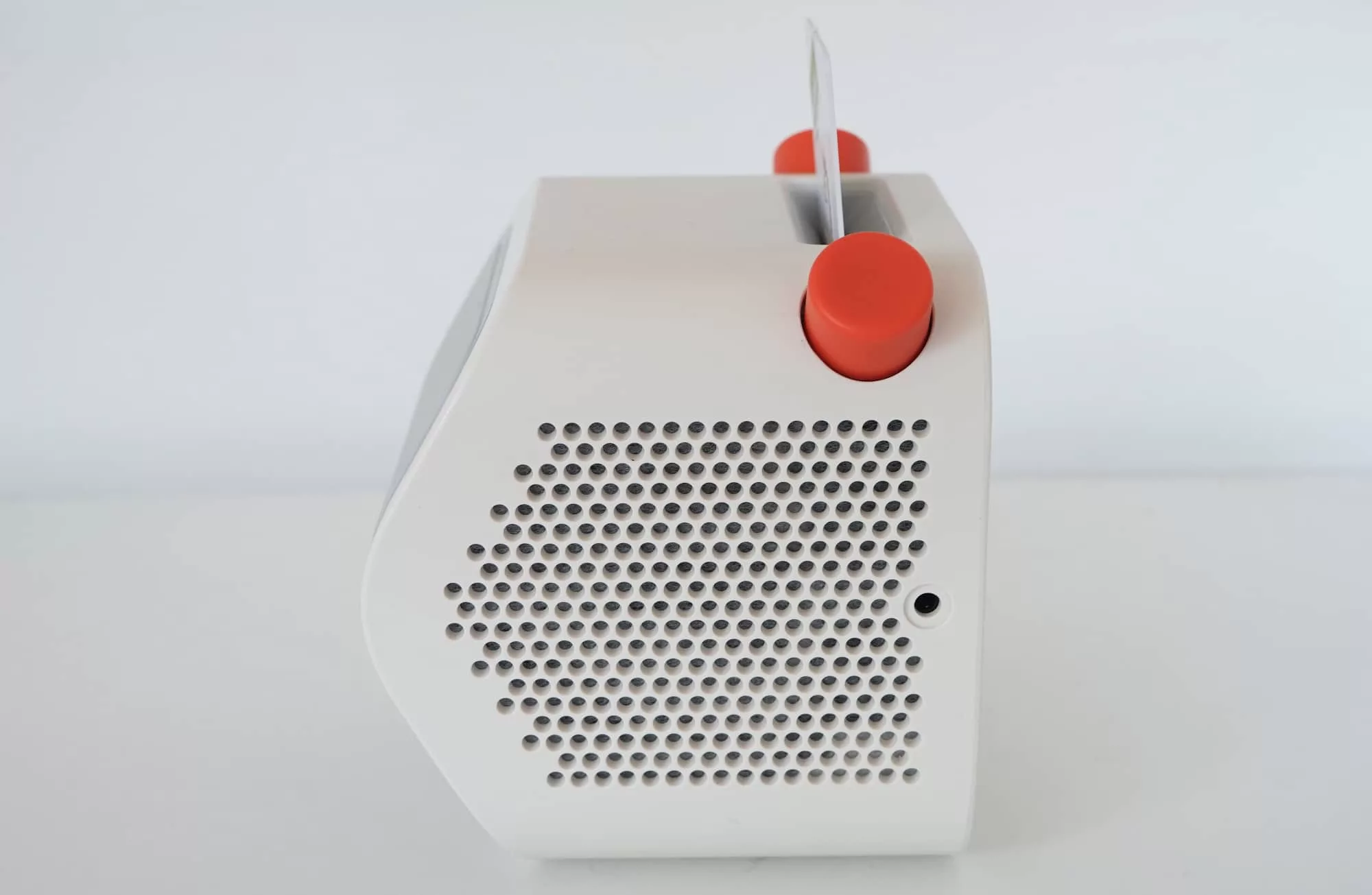
What does it need?
What you can’t do is map streaming services like Spotify or Apple Music, which is a bit of a shame given it would make uploading music so much easier. If a Yoto card could directly link up with a streaming playlist, it would be easier to control entirely, and may even be less taxing on Yoto’s servers.
Spotify already offers kids accounts, so it would be handy for Yoto to make the connection, especially if you have one already.
The screen’s default view is also a bit deceptive, appearing like a clock with the weather. Only it’s not the weather, and may end up confusing your kids.
Day in and day out, Yoto’s default screen shows a sun with clouds in the light, and a moon at night. Every day is nice, it seems, and every night, too. This should be weather, and it doesn’t seem like it would be too difficult to do, but there’s no option for it. Time and sunny days, and that’s it.
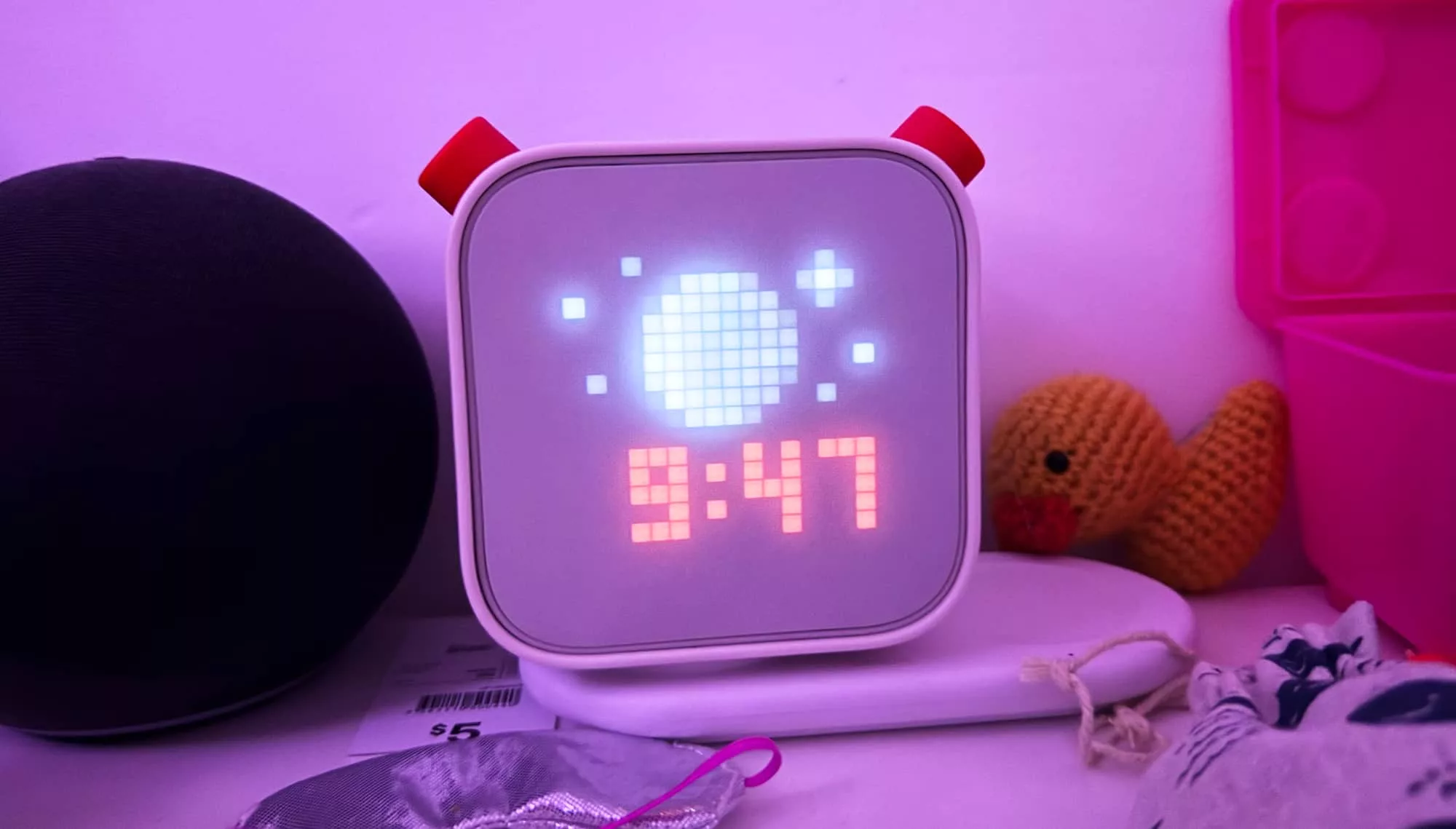
Is it worth your money?
Both of these are minor issues in the grand scheme of things, and there’s another thing Yoto gets absolutely right: the price.
Available for $149.95 in Australia, the 3rd-gen Yoto Player is a seriously solid gadget for kids. There’s something for everyone here. Cards for kids and home-made DIY options parents can make, too.
There is a lot in the Yoto Player. It’s such a well thought-out kids gadget, and at the right price, too.

Yay or nay?
Arriving in Australia in its third-generation, the Yoto Player feels like such a polished and finished product, and one kids will love. Not just kids, either, but parents.
It’s very much like the evolution of the media player for kids in the most positive way possible. Yoto has thought of nearly everything. It’s screen-free entertainment at its best. Highly recommended.



